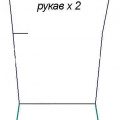
We are preparing for the summer heat correctly. We make a pattern of a fashionable dress made of chiffon with our own hands. Simple diagrams and photos
Light and beautiful dress from gentle chiffon - hereperfect outfit even for the hottest summer. This beautiful double layer underwear will give you not only a cool, but also give you a feeling of airiness and flight. The pattern of dress from chiffon is easy enough to model, and the process of tailoring does not take you much effort or effort. Even if you have not previously engaged in serious patterns, this dress is a great start. The presented model was made of lilac material, but you can choose a simple white color, believe me, the dress will be just as beautiful. You can also combine the color by choosing the exact gamut and tone that best suits your appearance. Let's proceed to create a pattern for our dress. It is created, like any other base for a dress. To begin with, we will be modeling the front of our summer dress. Pull the breast tippet to the side line. It can be slightly shortened by about two centimeters. Do not engage in a tack-on tuck. After you have modeled the cutout, put two centimeters from the middle of the armhole to the right, and downwards by eleven centimeters along the middle line of the transmission. Now you can model the outer layer of the dress from chiffon. Down from the waistline, lay ten centimeters and mark the bottom line. Tape and breast tuck cut on one side. Close our breast tuck just by gluing it together. The bottom of the bodice is made according to the form. The neckline of the bodice must be retouched from the patterns. Model the back of our light dress. The flying part of the bodice needs to be resampled from the back separately. The lower edges of the parts are recaptured from the transfer part. These are our AC points. 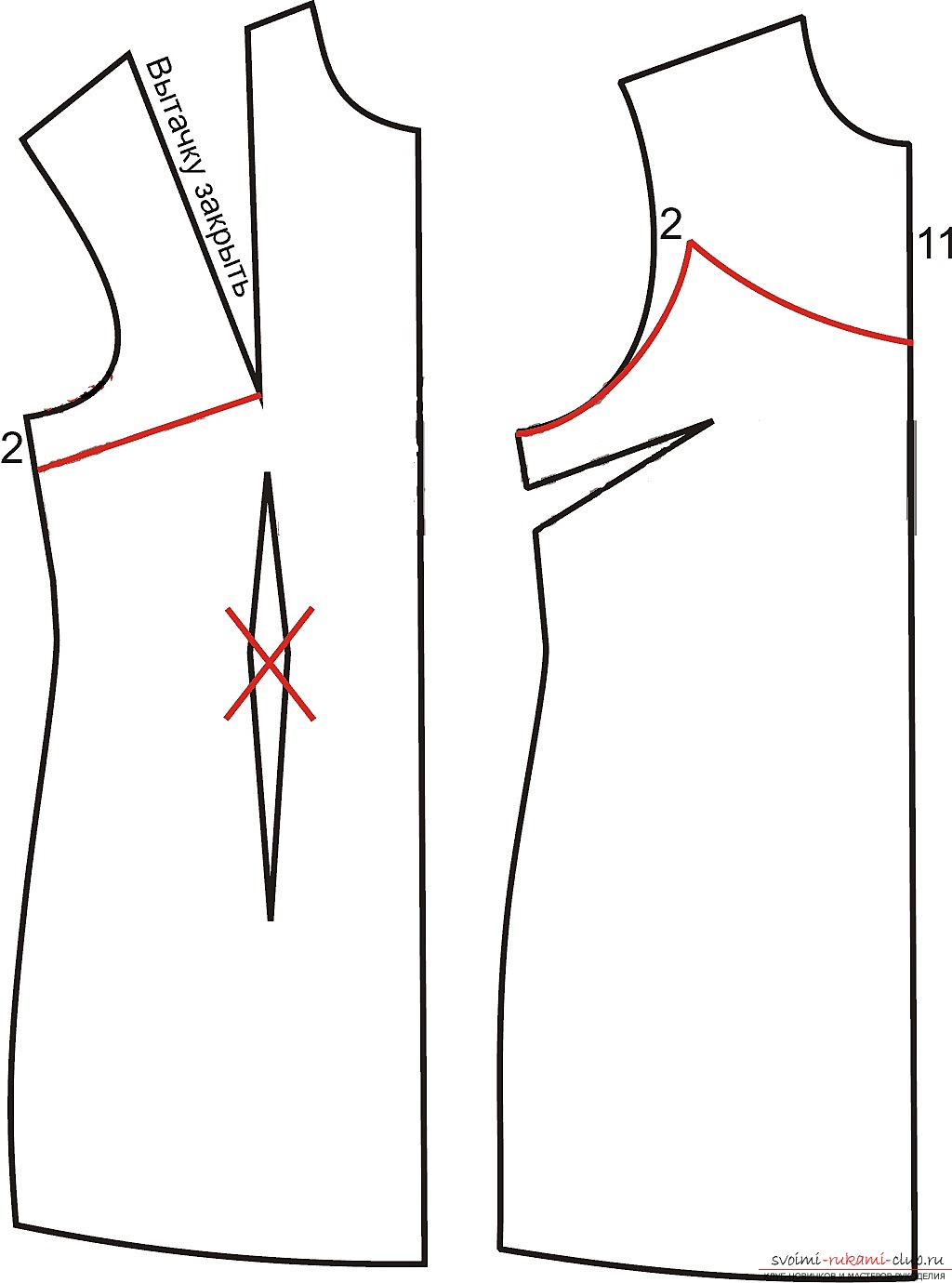 For pattern making, we can useMaterials: plain chiffon, stretch chiffon or crepe-chiffon. The fabric consumption is about two meters, its width should be 145 centimeters. From our fabric, we need to make the following details:
For pattern making, we can useMaterials: plain chiffon, stretch chiffon or crepe-chiffon. The fabric consumption is about two meters, its width should be 145 centimeters. From our fabric, we need to make the following details:
- Two details with a fold for the front half of the dress. One is needed as a lining;
- Two more details with a fold to create the back half of the dress. One part is used as a lining;
- One piece with a fold for the outer part of the gear;
- One detail with a fold to create an external detail of the back.
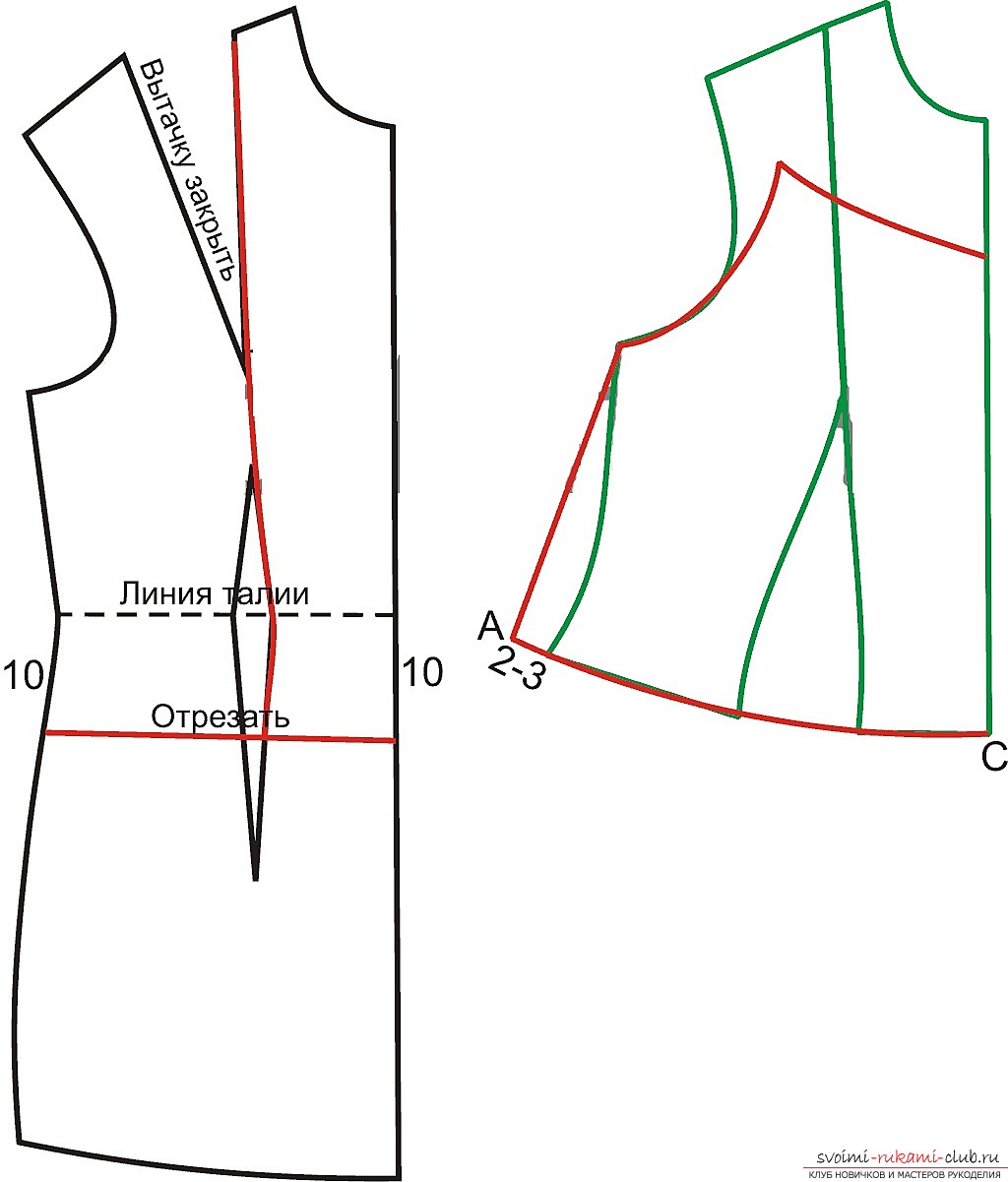 In addition, you need to cut three oblique stripsfabric, to obtach mouth transfer, as well as armholes with straps. Each strip should be a width of three centimeters, length according to the standards. Bottom and seams should leave allowances of one and a half centimeters. Before you start dressing, you need to carefully read the rules for working with chiffon. Such transparent fabrics refer to the kind of materials with which it is hard enough to work, especially for beginners. Basically, this is due to the cutting, since the contours of the pattern to be transferred to chiffon with the usual tailor's chalk is very difficult. The fabric is constantly "crawling", which means that all the time it is shifting relative to our original pattern. If you just started a long way in mastering the sewing business, then with chiffon it will be very difficult for you to work. Even experienced dressmakers sometimes suffer with this fabric for a long time. But the end result will certainly be worth the effort. But not so chiffon and terrible. There are secrets with which you can slightly simplify the sewing of dresses from this material. Below are a few of the most popular and useful tips.
In addition, you need to cut three oblique stripsfabric, to obtach mouth transfer, as well as armholes with straps. Each strip should be a width of three centimeters, length according to the standards. Bottom and seams should leave allowances of one and a half centimeters. Before you start dressing, you need to carefully read the rules for working with chiffon. Such transparent fabrics refer to the kind of materials with which it is hard enough to work, especially for beginners. Basically, this is due to the cutting, since the contours of the pattern to be transferred to chiffon with the usual tailor's chalk is very difficult. The fabric is constantly "crawling", which means that all the time it is shifting relative to our original pattern. If you just started a long way in mastering the sewing business, then with chiffon it will be very difficult for you to work. Even experienced dressmakers sometimes suffer with this fabric for a long time. But the end result will certainly be worth the effort. But not so chiffon and terrible. There are secrets with which you can slightly simplify the sewing of dresses from this material. Below are a few of the most popular and useful tips. 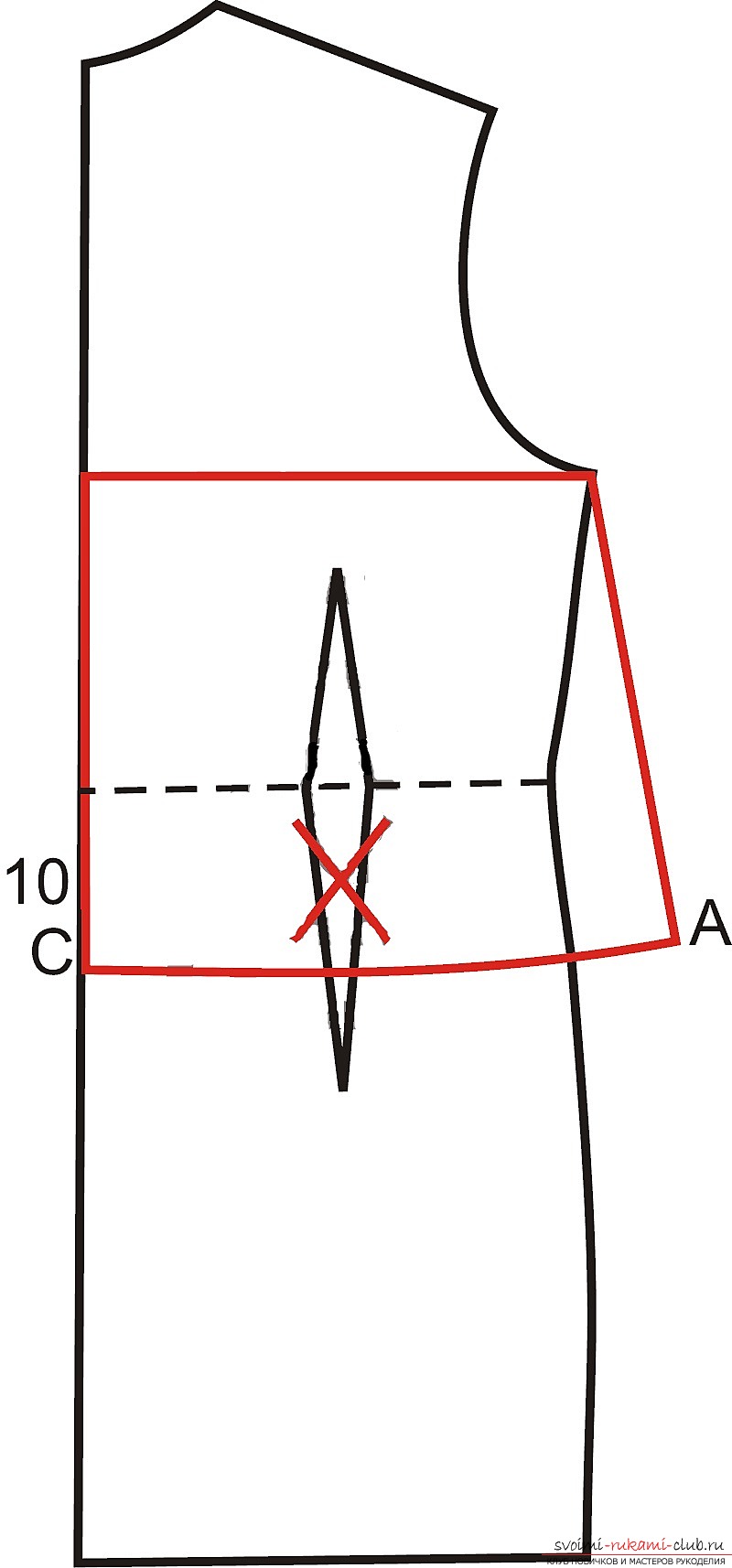 To ensure that the chiffon does not slip,cover with a dense cotton cloth or a coverlet, and the entire cutting process should be carried out only on it. In this case, your chiffon fabric will no longer slide and shift, and the pattern will go faster and be more precise. Additionally, you can pin the pattern to the chiffon fabric, using a lot of pins. Much more than with the usual pattern. Then the distance between the pins will be much smaller, the pattern itself will fit tightly to the fabric, and you will be able to make a neat and regular pattern. If you have a dark-colored fabric, then transfer the contours with a thin sharpened tailor's chalk of white color, if a light fabric - use a yellow chalk. If by accident the contours on any site erase, you can very quickly determine the seam lines. The main thing to remember is what allowance you made. Most often, the allowances are made on the folds of one and a half centimeters. All dash lines on our fabric must be marked using special copying stitches. To make them, you need to begin to combine all the parts in pairs, face-to-face. Attach a piece of paper pattern from above. Use the stitch "forward needle" to designate the outline of the dart. On every second stitch, pull out the loop so that its height is equal to two centimeters. Now you can remove the paper part. Details need to be moved along the seam line, and then carefully cut at the seam. On both sides of the seam there must now be padded snares. Do all the cuts slowly. On the front side, there should be clear contours of the darts. Let's return to our light chiffon dress. On the front halves of the attire you need to wear breast tucks. Since the bottom dress is two-layered, the side seams need to be worn separately on the bottom and on the upper layer. The bottom dress is used as a lining. On the upper departing dress of the dress, chin off the side seams. All allowances carefully and accurately handled. Lining, that is, the lower layer of the outfit, from the bottom should be shortened by four centimeters. The lower allowances of each layer must also be tucked and stitched. The allowances under the bottom of the flying bodice are twisted and stitched.
To ensure that the chiffon does not slip,cover with a dense cotton cloth or a coverlet, and the entire cutting process should be carried out only on it. In this case, your chiffon fabric will no longer slide and shift, and the pattern will go faster and be more precise. Additionally, you can pin the pattern to the chiffon fabric, using a lot of pins. Much more than with the usual pattern. Then the distance between the pins will be much smaller, the pattern itself will fit tightly to the fabric, and you will be able to make a neat and regular pattern. If you have a dark-colored fabric, then transfer the contours with a thin sharpened tailor's chalk of white color, if a light fabric - use a yellow chalk. If by accident the contours on any site erase, you can very quickly determine the seam lines. The main thing to remember is what allowance you made. Most often, the allowances are made on the folds of one and a half centimeters. All dash lines on our fabric must be marked using special copying stitches. To make them, you need to begin to combine all the parts in pairs, face-to-face. Attach a piece of paper pattern from above. Use the stitch "forward needle" to designate the outline of the dart. On every second stitch, pull out the loop so that its height is equal to two centimeters. Now you can remove the paper part. Details need to be moved along the seam line, and then carefully cut at the seam. On both sides of the seam there must now be padded snares. Do all the cuts slowly. On the front side, there should be clear contours of the darts. Let's return to our light chiffon dress. On the front halves of the attire you need to wear breast tucks. Since the bottom dress is two-layered, the side seams need to be worn separately on the bottom and on the upper layer. The bottom dress is used as a lining. On the upper departing dress of the dress, chin off the side seams. All allowances carefully and accurately handled. Lining, that is, the lower layer of the outfit, from the bottom should be shortened by four centimeters. The lower allowances of each layer must also be tucked and stitched. The allowances under the bottom of the flying bodice are twisted and stitched. 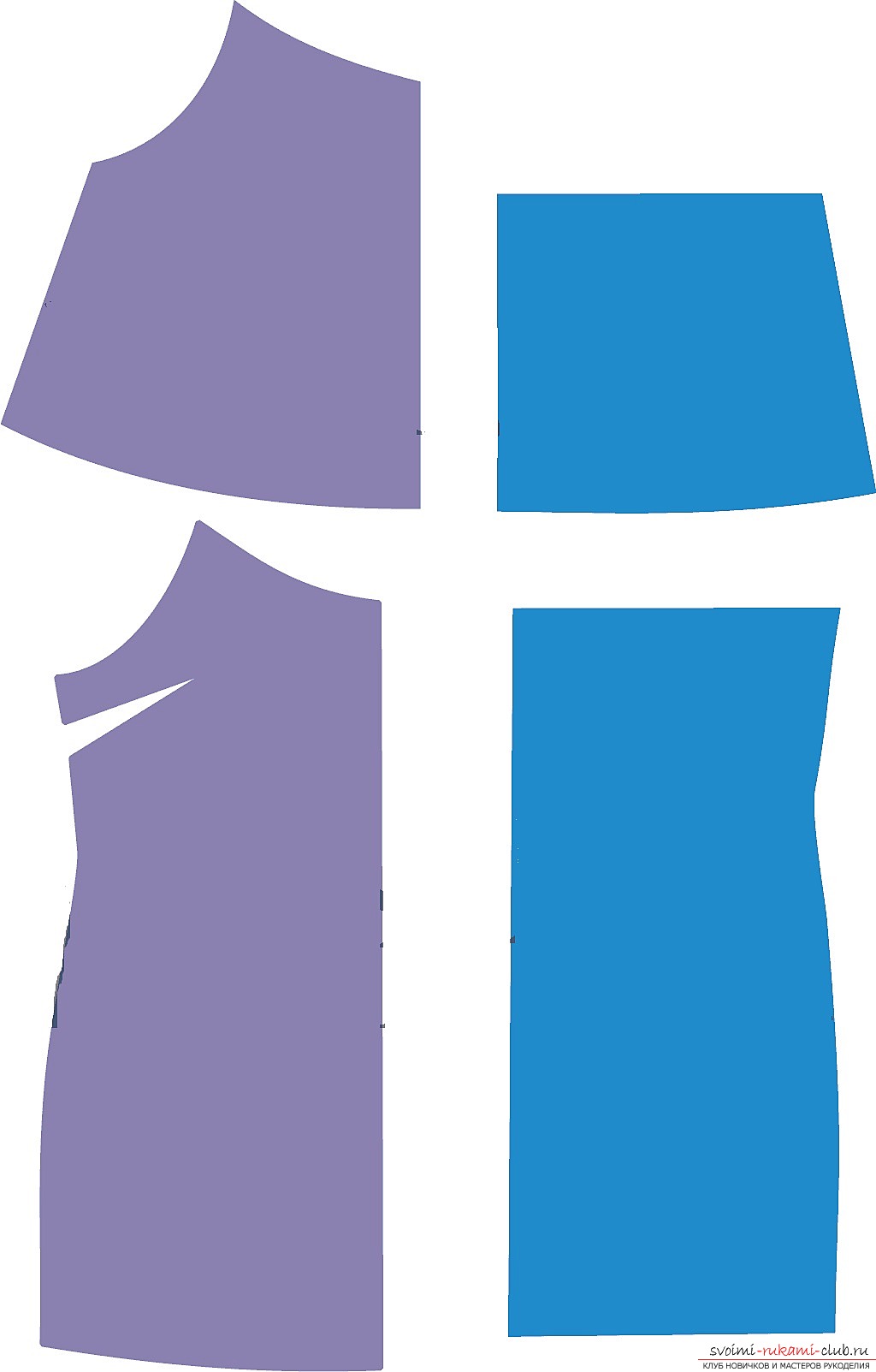 Let's proceed to the final stage of tailoring dresses fromchiffon. All three layers of the dress should be folded exactly on the armholes, as well as cutouts of the neck and the back of the product. Sweep these layers, and after you sew your dress, as a simple single-layer. Cut the neck of the throat carefully with oblique obtachki. Do not forget to cut the allowances before that. In the middle of our cutout, but from the wrong side, you have to turn the obtacle to the corner. Treat the armholes, as well as the upper back, using a slanting obtuse. Do not forget to trim the allowances before that. Without interrupting the line, attach straps, and open the edges of the obtachki tuck up to such a width, as well as fully prepared obatachka. Adjust the length of the strapless under you, then attach them to the back, according to the markings.
Let's proceed to the final stage of tailoring dresses fromchiffon. All three layers of the dress should be folded exactly on the armholes, as well as cutouts of the neck and the back of the product. Sweep these layers, and after you sew your dress, as a simple single-layer. Cut the neck of the throat carefully with oblique obtachki. Do not forget to cut the allowances before that. In the middle of our cutout, but from the wrong side, you have to turn the obtacle to the corner. Treat the armholes, as well as the upper back, using a slanting obtuse. Do not forget to trim the allowances before that. Without interrupting the line, attach straps, and open the edges of the obtachki tuck up to such a width, as well as fully prepared obatachka. Adjust the length of the strapless under you, then attach them to the back, according to the markings.  One more important advice. In order for the straps to be adjusted along the length, at the back of the back, attach the already finished short straps. They should be in tune with our dress. After, already to these details, sew our main straps, which were stitched out of the obtachka. That's all! A pattern of a chiffon dress is complete. Now you have an excellent light outfit for the summer, in which you will feel great. It is quite simple, but its elegance and style will only emphasize your femininity and your figure. Wear it with pleasure and be always charming!
One more important advice. In order for the straps to be adjusted along the length, at the back of the back, attach the already finished short straps. They should be in tune with our dress. After, already to these details, sew our main straps, which were stitched out of the obtachka. That's all! A pattern of a chiffon dress is complete. Now you have an excellent light outfit for the summer, in which you will feel great. It is quite simple, but its elegance and style will only emphasize your femininity and your figure. Wear it with pleasure and be always charming!


